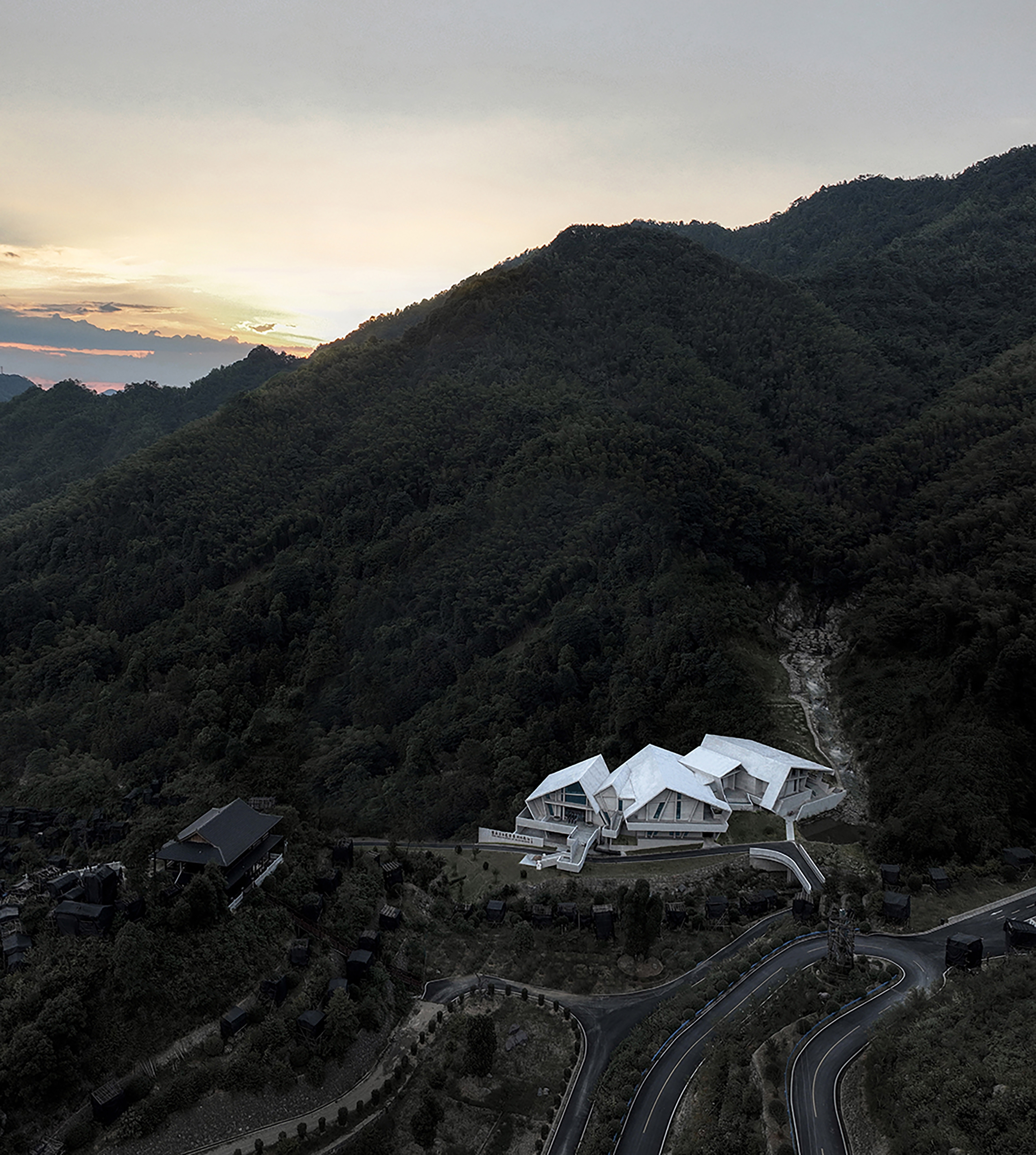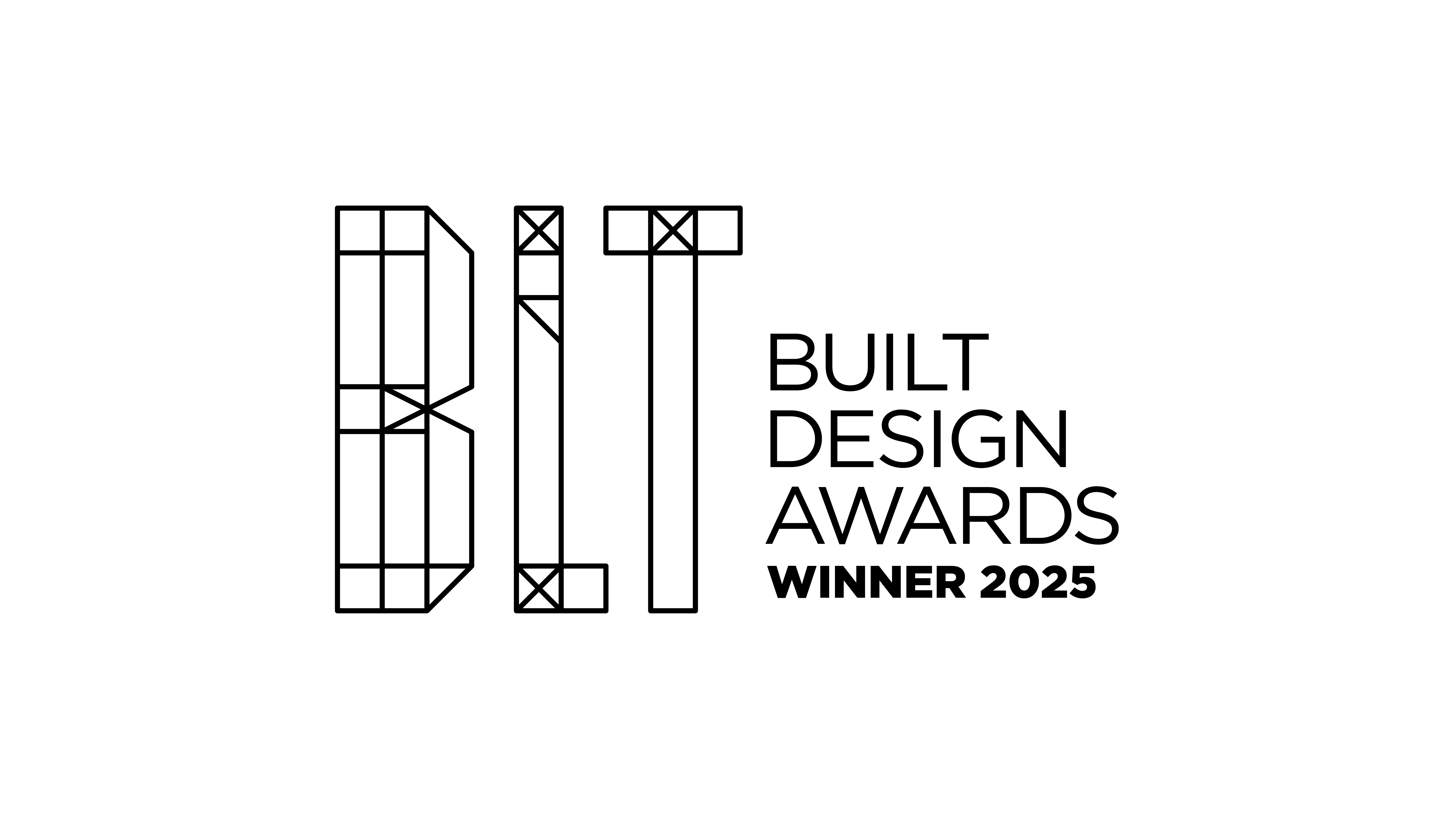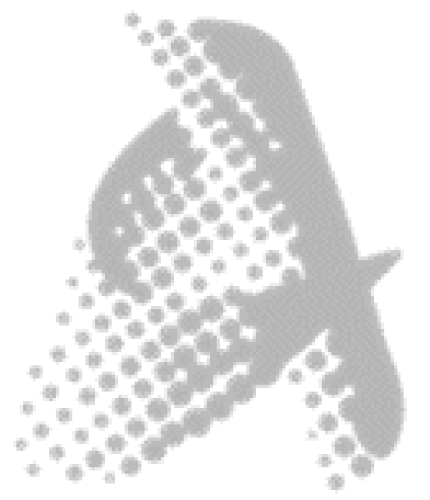
The Art Collection Museum, located in the Baihuazhai Scenic Area of Anhua, Hunan, China, is dedicated to displaying Huang Yongyu's paintings, sculptures, and root carvings. Its design extends Huang's artistic techniques, using the rough ink from his lotus paintings as inspiration to create a functional exhibition hall.
The continuous sloping roof, echoing the surrounding mountains, forms variously scaled exhibition spaces. Streamlines, courtyards, and height differences are integrated to create a unique spatial experience. The facade features a linear geometric form, reflecting the modern supremacism in Huang's works.
The building is integrated with the mountainous terrain, adopting a stilt structure to mitigate humidity and landslide risks. Floor-to-ceiling glass at the entrance maximizes the view, while vertical windows blur the indoor-outdoor boundary. The gallery breaks down the building volume, blending seamlessly with the landscape.
Constructed primarily from recycled concrete, the museum embodies green building principles, reducing carbon emissions and waste, and supporting sustainable urban development.

